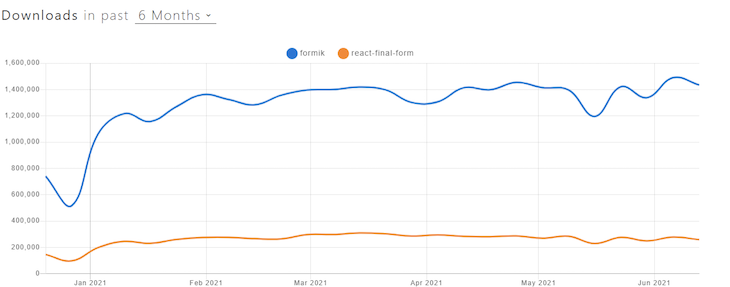
It has several complex features for solving a variety of problems. The above code illustrates a simple use case of the Formik library. You can do it yourself or use a third-party library like Yup. Run one of the commands below in an existing React or React Native project.įormik leaves form validation to you. You can install React Hook Form from the NPM package registry like any other package before using it. Therefore, you can't use it directly in class components. As its name suggests, React Hook Form was built using React hooks. You can integrate it with some popular UI libraries like Material UI. You can use it to manage your form state and field validation. Therefore, you can use it pretty much any way you want. Similar to Formik, React Hook Form is a free, open-source library.

React Hook Form is another library for managing forms in React and React frameworks like Next and Gatsby. We will highlight how to use them and their pros and cons. We will explore the two libraries in this section. However, React Hook Form and Formik are the most popular. The most popular React form libraries Īs mentioned above, there are several React packages that you can use when working with forms. Hopefully, it will help you choose a form library that will meet your project's requirements. This article will compare Formik and React hook form by highlighting their strengths and weaknesses.

Despite the advantages of using a library for form management, each library has strengths and weaknesses.įormik and React hook form are among the most popular libraries for form management in the React ecosystem. Fortunately, packages such as React Hook Form and Formik exist to simplify working with forms in React and React frameworks.Īmong other benefits, most form libraries simplify working with forms by handling form validation and submission out of the box for you. Unfortunately, creating, styling, and validating forms is not always straightforward, especially when using front-end frameworks such as React. Forms are a handy feature for collecting data from users.


 0 kommentar(er)
0 kommentar(er)
